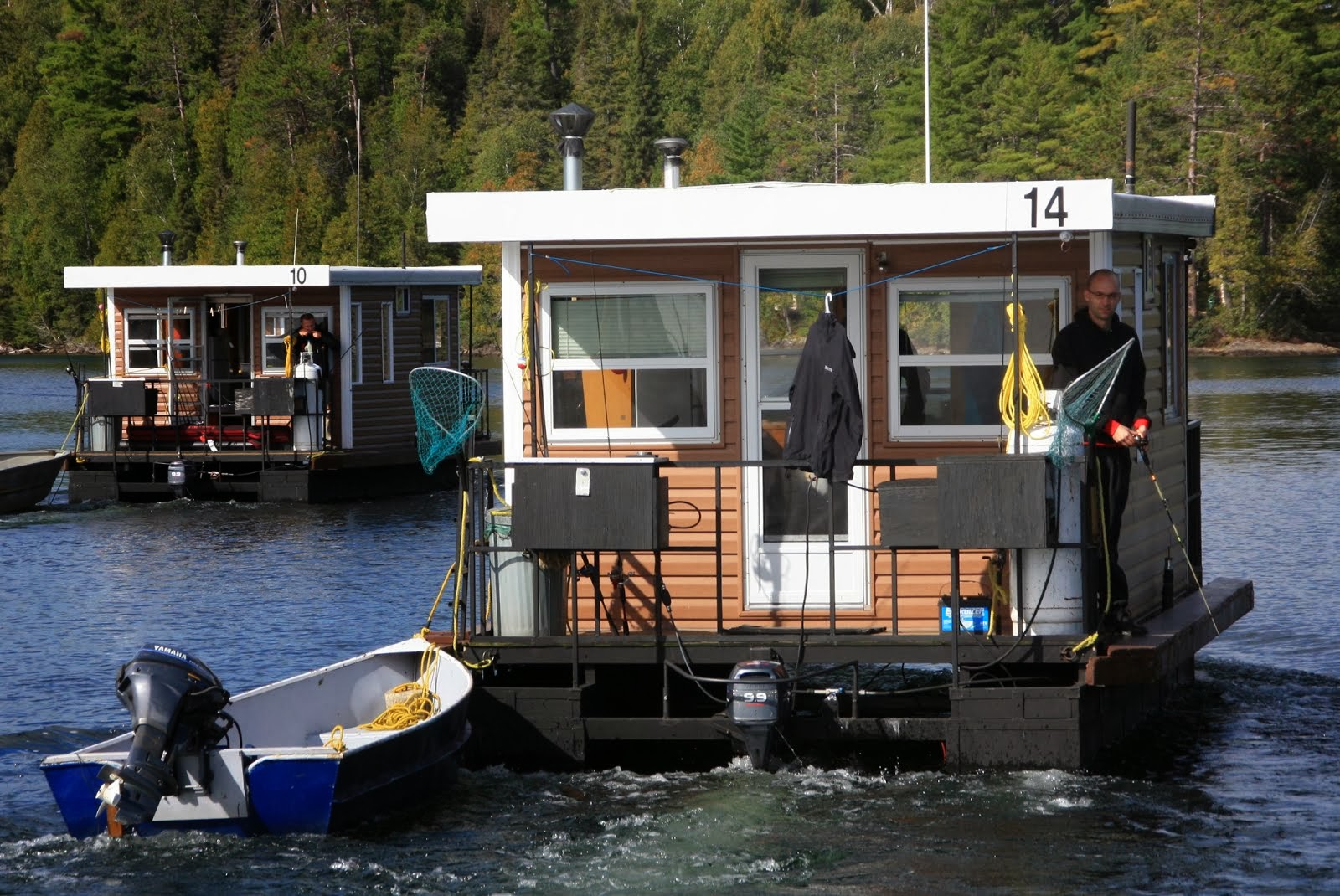
This one's for you Cheryl! You got me thinking about our turtle friends. I grew up just an hour north of Temagami but as far as I know we do not have snappers up there.

We are always entertained by these turtles when we go houseboating in Cross Lake. They seem to know the sound of the houseboat motor and that it could mean food for them. It usually doesn't take long for them to show up and make themselves right at home under our houseboat.

It's fascinating to watch them eat the leftovers from Mike cleaning our fish. Apparently snappers need to eat underwater because their tongues are fixed, making it difficult to swallow when they are
out of the water. It's amazing how long they can stay down there chewing and tearing away at the skins and carcasses.
Once again I read that they rarely bite when in the water so swimming should be safe while they are around. You'll have to decide for yourself how much you want to believe what you
read...especially on the internet :) I know that I have swam quite close to them before without realizing it and not come to any harm. However when they are on land it is quite a different story. The snapping turtle cannot fully pull its head, tail and limbs into its shell. That may be why they are so aggressive when they feel threatened on land. I've heard stories about a snapper getting so upset it stood on its back legs and rocked back and forth hissing. I don't recommend aggravating a snapper this much. Besides it being unkind they have very long necks and could surprise you by how far they can reach to bite you in self-defense.
This June a group of guys on one of our houseboats got to watch a female snapper digging holes in which to lay her eggs. Apparently she dug most of the campsite up trying to find an appropriate place to lay them. Snapping turtles normally lay 20-30 eggs that will hatch in 50-60 days. Many of these nests are discovered by predators and the little ones eaten before they ever reach the water. Interestingly enough the weather affects the sex of the baby turtles! If it's a cool spring most of the hatchlings will be male. If it's warm most of the little ones will be female. Who knew!

It takes snapping turtles 15-20 years to reach maturity. That is one of the reasons why these
turtles have been designated a special concern species by the Ontario Endangered Species Act, 2007. Many females are killed on the road as they search for an appropriate place to lay their eggs. As a result the females may only lay a few nests of eggs in their lives. Many nests are destroyed: we have seen little evidence over the last few years of baby turtles having hatched from the nests around our campsite on Cross Lake. There seem to be many creatures who enjoy a snack of turtle eggs.
If you have any turtle stories to share I'd love to hear them!Here's a video Mike took of our snapper swimming by...
I found my facts on the following websites:


